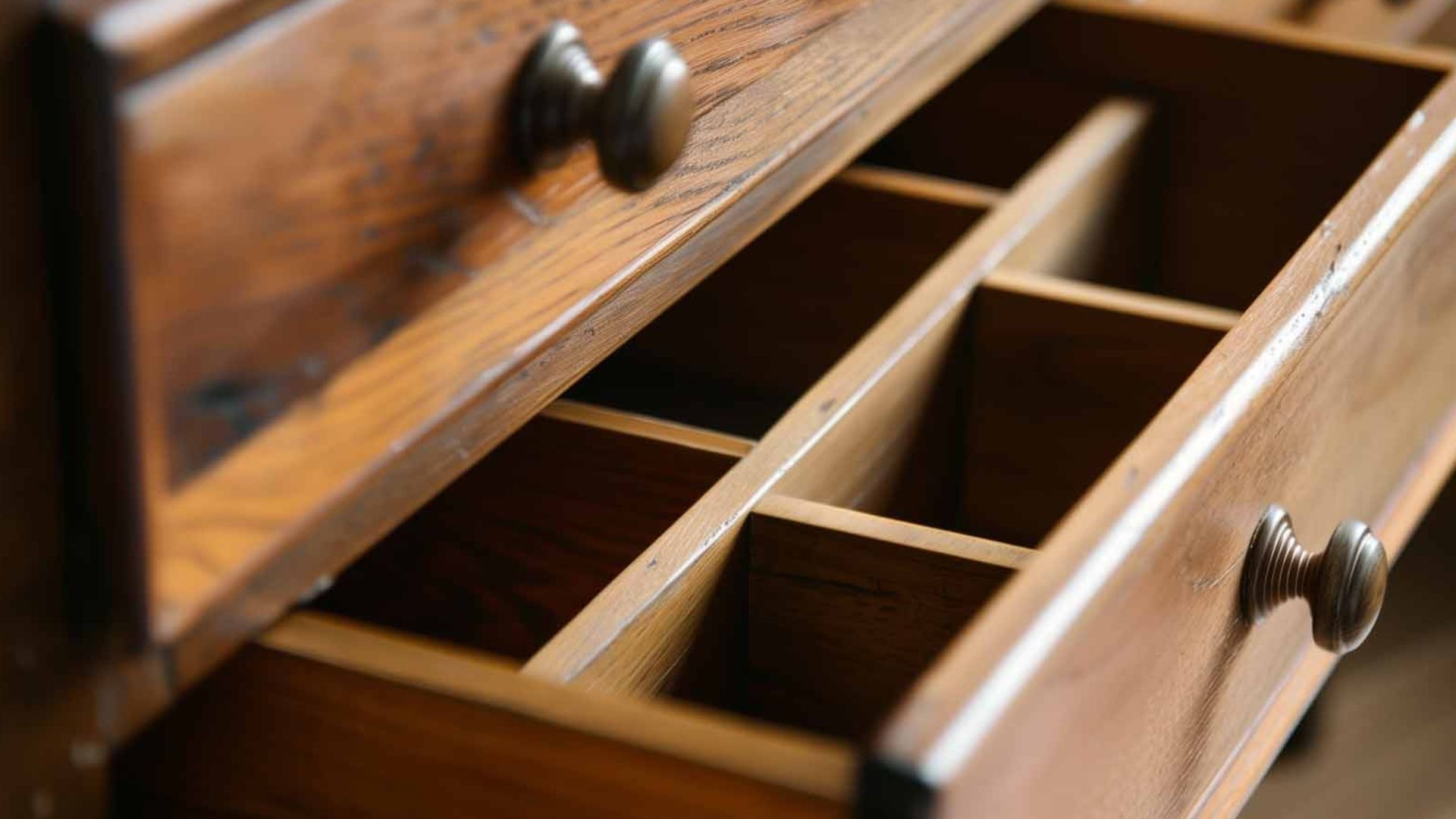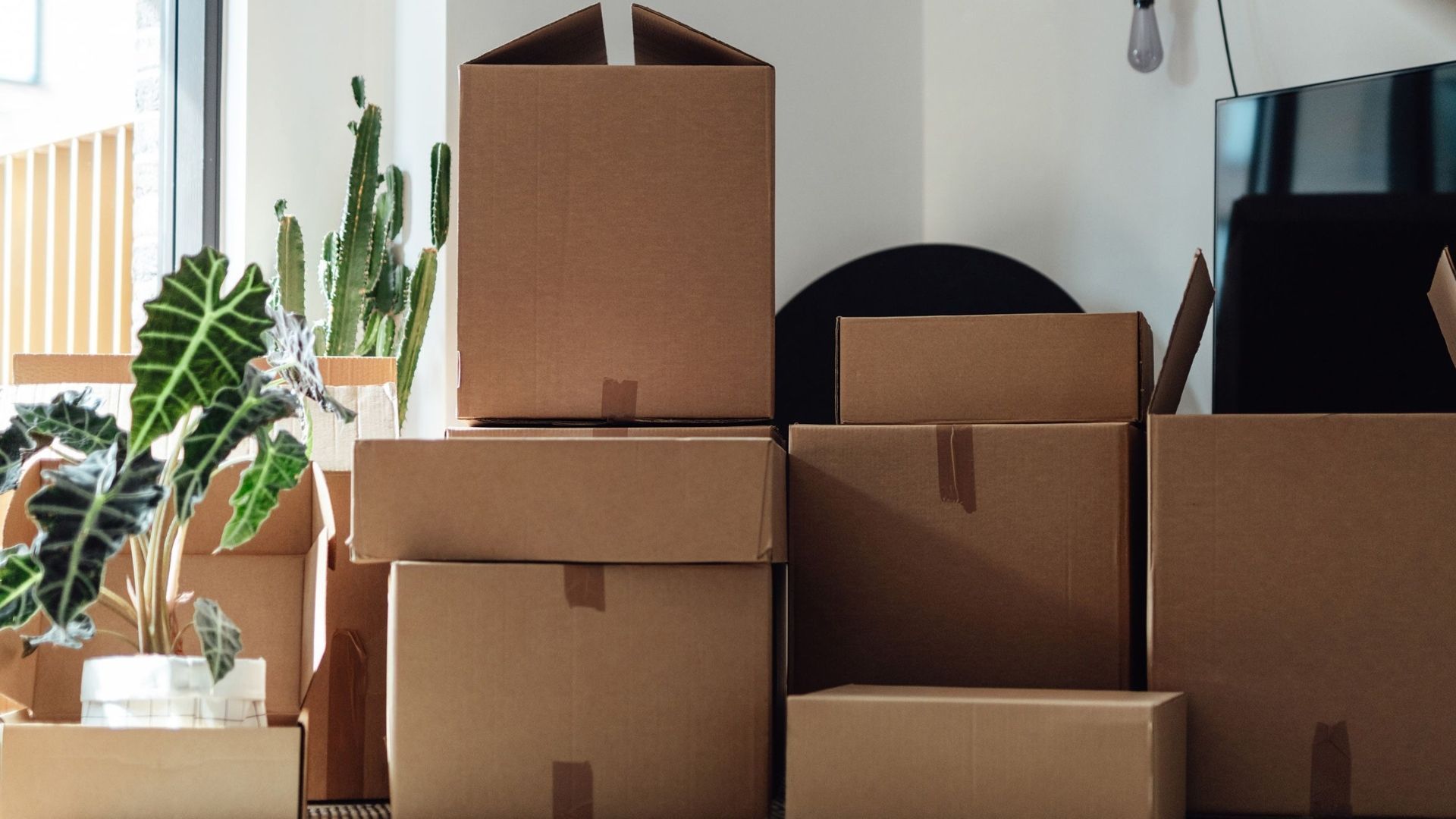How to Move a Mattress Without Damaging It?
You can move a mattress without damaging it by using the right supplies and proper lifting techniques. The key is wrapping your mattress in a protective bag, getting help from others, and using the right vehicle for safe transport.
Moving a mattress might seem easy, but it's actually one of the trickiest parts of any move. According to Consumer Affairs research, the average queen-size mattress in the U.S. costs $1,000, so protecting this investment is important. This guide will show you exactly how to move your mattress safely, whether you're going across town or across the country.
Why Proper Mattress Moving Matters
Before diving into the how-to steps, let's talk about why this matters. Research from Sleep Doctor shows that an estimated 20 million mattresses and box springs are discarded in the United States every year, often due to damage that could have been prevented.
Your mattress faces several risks during a move:
- Water damage from rain or snow
- Dirt and stains from touching floors or trucks
- Tears from sharp edges or rough handling
- Bed bugs from contaminated moving equipment
- Internal damage from bending or folding
Another advantage of these bags is that they can help guard against pesky bed bugs. According to the Centers for Disease Control and Prevention (CDC), bed bugs are small, reddish-brown insects that feed on human blood and can be transported through infested furniture and luggage. Travel is considered one of the main ways bed bugs can find their way into your home, and mattresses are a favorite place for them to hide.
Essential Supplies for Moving a Mattress
Getting the right supplies is your first step to success. Here's what you'll need:
Mattress Bag (Most Important)
A mattress bag is a specially designed protective cover that fits over your mattress to safeguard it from dirt, dust, and damage during the moving process. These bags are your best defense against damage.
Choose the right size:
- Twin: 38" x 75" x 8-12" deep
- Full: 54" x 75" x 8-12" deep
- Queen: 60" x 80" x 8-14" deep
- King: 76" x 80" x 8-14" deep
Pro tip: Since these can sometimes rip during the moving process, I like to double bag my mattress and box springs for extra protection.
Other Needed Supplies
- Strong packing tape (not duct tape - it doesn't stick well to plastic)
- Tie-down straps or rope for securing
- Moving dolly or hand truck
- Cardboard sheets (for extra support on spring mattresses)
- Bubble wrap (optional extra protection)
- Scissors for cutting tape and bags
You can find most of these supplies at home improvement stores or moving companies. U-Haul Mattress Moving and Storage Bag: from $7.95 at Amazon offers basic protection for smaller mattresses.
Should You Move Your Mattress?
Before you start packing, ask yourself: is this mattress worth moving?
Consider replacing your mattress if:
- It's over 7-8 years old
- You notice sagging or lumps
- You wake up sore or tired
- There are permanent stains or odors
- The moving cost exceeds 30% of a new mattress
According to Sleep Doctor research, the average age of a mattress in a U.S. household is 3 years, 8.5 months, so many mattresses are worth the effort to move. If your mattress is relatively new and comfortable, moving it makes financial sense.
Step-by-Step Guide: How to Move a Mattress
Step 1: Clean and Prepare Your Mattress
Start by giving your mattress a good cleaning. This keeps you from moving dirt and potential pests to your new home.
- Remove all bedding, sheets, and mattress protectors
- Vacuum both sides of the mattress thoroughly
- You can deodorize a mattress by sprinkling it in baking soda and leaving it for a couple of hours before covering it
- Check for bed bugs or other pests
- Let the mattress air out and dry completely
Not only can water damage the quality of your mattress, but it can have adverse health effects as well. According to the Centers for Disease Control and Prevention (CDC), mold exposure may cause a stuffy nose, wheezing, and itchy or red eyes and skin. Additionally, those who are allergic to mold or have asthma could experience more severe symptoms.
Step 2: Wrap Your Mattress Properly
Stand the bed up vertically up against a wall. Open your mattress bag and pull it over the top of the bed and work your way down.
Here's the detailed process:
- Position the mattress: Stand it against a sturdy wall
- Insert into bag: Pull the mattress bag over the top, working downward
- Lay flat: Carefully lay the mattress on its side
- Push to back: Make sure the mattress is fully inside the bag
- Seal edges: Fold excess material over and tape securely
- Final sealing: Tape the bag shut like a present, and use extra tape to seal the opening
For spring mattresses: Reinforce a floppy spring or coil mattress with cardboard in the front and back to stiffen it up.
Step 3: Plan Your Moving Route
Before lifting anything, create a clear path from your bedroom to your vehicle.
Inside your home:
- Open all doors along your route
- Remove rugs, plants, and small furniture
- Measure doorways to ensure clearance
- Clear stairs and hallways
Outside considerations:
- Check weather forecast (avoid moving in rain/snow if possible)
- Ensure your vehicle is parked as close as possible
- Have someone spot you on stairs or tight spaces
Step 4: Get Help and Use Proper Lifting
Even professional movers use more than one person when moving mattresses. Don't try to move a mattress alone.
Safe lifting technique:
- Get at least one helper (preferably two for king mattresses)
- Each of you should grab one end of the mattress and turn it onto its side edge
- Lift with your legs, not your back
- Keep the mattress on its side edge while moving
- The person in front should face forward to guide the mattress and watch for obstructions
For stairs: Use the wall or handrail for extra support, and move slowly.
Transportation: Getting Your Mattress to Its New Home
Best Vehicle Options
The safest way to transport a mattress is inside a covered vehicle:
Ideal vehicles:
- Moving trucks or vans
- Large SUVs with fold-down seats
- Pickup trucks with covered beds
- Cargo vans
Vehicle requirements by mattress size:
- Twin/Full: May fit in large SUVs with seats folded
- Queen: Needs pickup truck or moving van
- King: Requires large moving truck or van
Loading and Securing Your Mattress
In a truck or van, load the mattress so that it rests along the side wall of the vehicle, then strap it down.
Loading steps:
- Position mattress against the wall of the truck
- Keep it upright or slightly angled
- Use ratchet straps or rope to secure to tie-down points
- Place between tall furniture pieces if available
- Avoid putting heavy items on top
For storage: If you'll be storing the mattress in a storage unit or storage container, be sure to place it flat and avoid putting anything on top.
Special Considerations for Different Mattress Types
Memory Foam Mattresses
Memory foam mattresses need special care:
- Most memory foam mattresses should be transported flat
- Use breathable mattress bags (heavy plastic can trap moisture)
- Do not allow other items to rest on top of the mattress
- Can be folded ONLY if less than 11 inches thick and for short distances
- Make sure the side you sleep on is inside the fold, and do not allow the mattress to remain folded for more than an hour or two
Spring/Innerspring Mattresses
Traditional spring mattresses are more durable but need support:
- Add cardboard backing for extra rigidity
- Never fold or bend (this can break internal coils)
- Can be stored upright for short periods
- Use extra straps for secure transport
Hybrid and Latex Mattresses
These combine different materials and need gentle handling:
- Transport flat when possible
- Keep away from direct sunlight (for latex)
- Use standard mattress bags for protection
- Avoid extreme temperatures during transport
What NOT to Do When Moving a Mattress
Avoid these common mistakes that can damage your mattress:
Never Transport on Car Roof
Experts agree that one should not use a car for moving a mattress. Primarily this is a safety issue, as the mattress is highly likely to slip off or be blown off the car and into traffic, causing accidents.
Even if you've seen others do it, rooftop transport risks:
- Serious accidents if the mattress falls off
- Damage from wind, rain, and road debris
- Scratches and tears from tie-down straps
- Potential traffic violations and fines
Don't Drag Your Mattress
Even if you have packed your mattress really well dragging your mattress can cause scuffs, tears to the fabric, water damage if you go through puddles and potentially damage the internal layers.
Always lift and carry your mattress, even for short distances.
Avoid These Storage Mistakes
- Don't store on its side long-term - If a mattress is stored on its side for an extended period of time, it can damage the internal integrity and shorten the life of the mattress
- Don't leave in plastic bag permanently - Remove protective bags once moved to prevent moisture buildup
- Don't stack heavy items on top - This can cause permanent indentations
After the Move: Setting Up Your Mattress
Once you reach your new home:
- Remove wrapping immediately - Remove the mattress from the truck and remove all wrapping and tape
- Air it out - Air out the mattress, either by letting it sit outside in direct sunlight, or bring it inside and leave it near an open window
- Inspect for damage - Check for tears, stains, or other issues
- Set up bed frame first - Have your frame ready before placing the mattress
- Allow time to expand - Memory foam may need a few hours to return to full shape
Cost-Effective Moving Options
If DIY moving seems overwhelming, consider these alternatives:
Professional Movers
Hiring professional local movers eliminates the hassle of moving heavy furniture. They have the right equipment and experience to move your mattress safely. These professionals know how to best move your things without damaging them.
Shipping Your Mattress
You can ship a packaged mattress anywhere across the country for around $300 to $700. However, this does depend on the mattress size and distance. This option works well for long-distance moves.
Labor-Only Help
Consider hiring labor-only movers if you have the truck but need help with heavy lifting. This gives you professional assistance at a lower cost.
Frequently Asked Questions
Can I move a mattress by myself? While physically possible for smaller mattresses, it's not recommended. Even professional movers use teams for mattress moving due to safety and damage prevention.
How much does a mattress weigh? Weights vary by size and type:
- Twin: 40-60 pounds
- Queen: 60-105 pounds
- King: 80-180 pounds
Can I fold my mattress? Most mattresses should never be folded. Only very thin memory foam mattresses (under 11 inches) can be temporarily folded, and only for short distances.
Do I need insurance for moving my mattress? Check with your moving company about coverage. Many professional moving services include basic protection, but you may want additional coverage for expensive mattresses.
Final Thoughts
Moving a mattress without damage is totally doable when you have the right approach. The key steps are simple: get a good mattress bag, find helpful friends or family, plan your route, and use proper lifting techniques.
Remember, the average queen-size mattress costs $1,000, so taking time to protect this investment makes financial sense. Whether you're doing a local move or need help with packing services, the effort you put into proper mattress moving will pay off with years of comfortable sleep in your new home.
If the process seems overwhelming, don't hesitate to contact professional movers who can handle the heavy lifting for you. According to U.S. mattress industry data, the mattress market is worth $30.81 billion globally, with consumers aged between 18 and 35 years replacing their mattresses most often due to major life events like moving. A good night's sleep in your new home is worth the investment in proper moving techniques.



